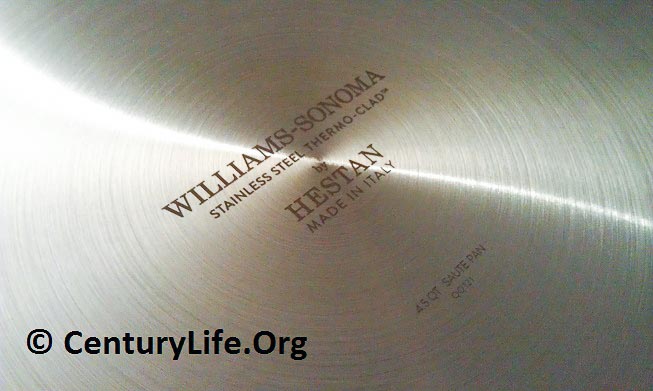
The short story: This cookware is an All-Clad Stainless type of design, but with more comfortable handles, nicer, double-walled lids. Performance is within the ballpark of All-Clad Stainless in terms of even heating.
The long story: Thermo-Clad (ThermoClad or Thermo Clad) is a decent All-Clad Stainless knockoff, but the bang for the buck is poor for this cookware when you consider the alternatives, and Thermo-Clad marketing is potentially misleading (below). [Read more…]